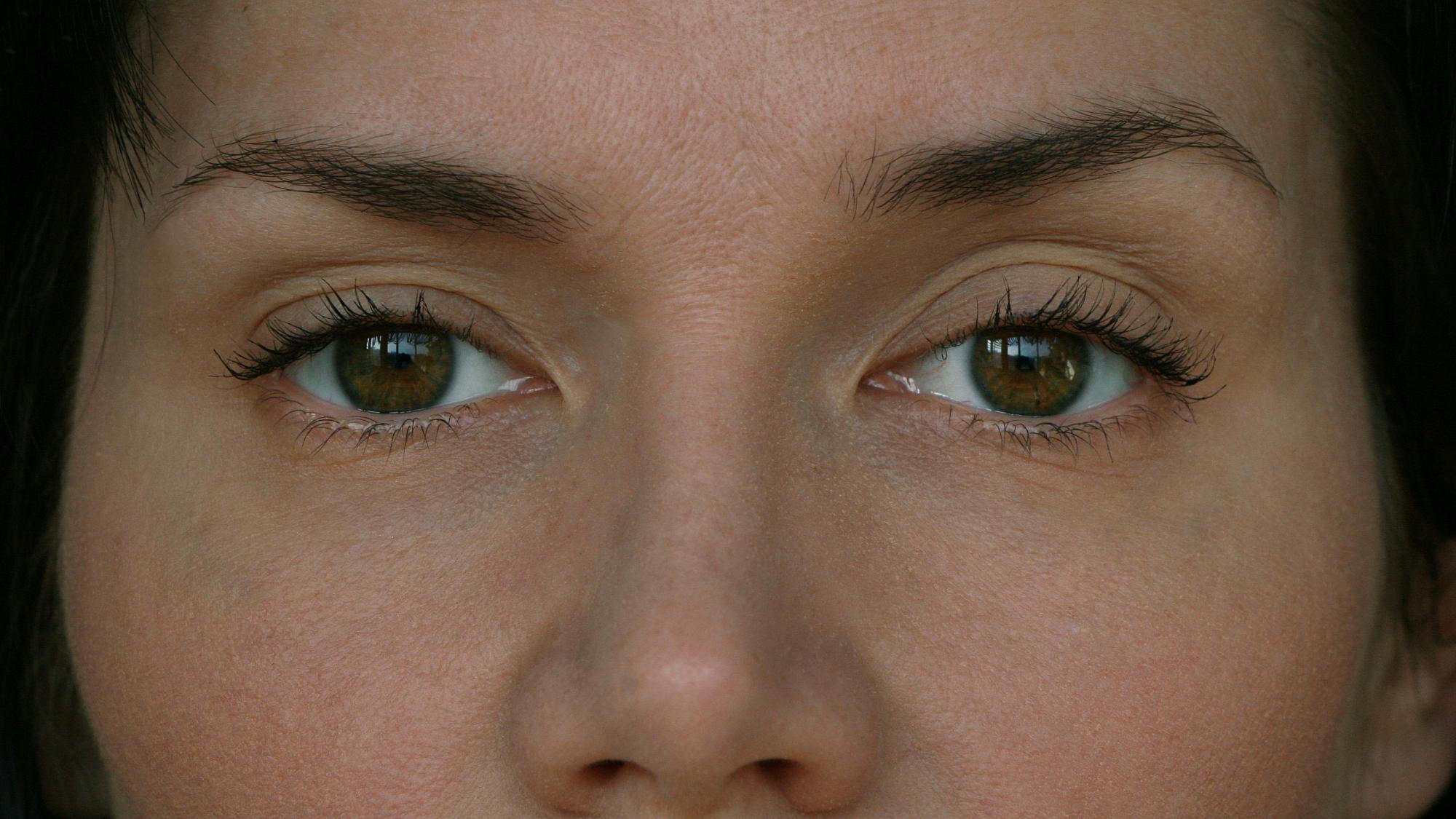Safe, Advanced Treatment for Graves' Disease Eyes/Thyroid Eye Disease
Surgery to treat thyroid eye disease/Graves' disease eyes is complex because surgeons previously needed to do open surgery on the orbit, the bony space around the eye. With the advancement of endonasal endoscopic surgical instruments and techniques, we can now more safely perform orbital procedures using the minimally invasive approach of endoscopic orbital decompression.
Our team works closely to combine knowledge from multiple medical specialty areas, including endocrinology, ophthalmology (eye doctors), rhinology, and skull-base surgery (ear, nose, and throat doctors).
Why Choose U of U Health for TED Treatment?
UTED is the only program of its kind in the Mountain West. It offers state-of-the-art comprehensive care for patients with thyroid eye disease (TED). Our specialists will work with you to develop an appropriate treatment plan.
Our combined, multidisciplinary team uses fellowship-trained physicians in:
- Rhinology-skull base surgery (endoscopic experts)
- Oculoplastic surgery
- Endocrinology
- Neuro-Ophthalmology
- Adult and Pediatric Strabismus
U of U Health is known for its high-quality care and research-driven treatment using the safest and most advanced techniques.
We know that many patients need personalized treatment options that meet their unique needs. We are here to partner with you for life, offering exceptional care. With you, we will determine customized treatment plans that target your unique situation.
Our goal is to give you the best care from the beginning to the end of your treatment.
Thyroid Eye Disease Team
Thyroid Eye Disease Treatment
We can treat mild cases of Graves’ orbitopathy with medications, such as lubricating eye drops and steroids.
The U.S. Food and Drug Administration (FDA) recently approved a medication called Tepezza (teprotumumab) for the treatment of adults with thyroid eye disease. This is the first drug approved for the treatment of thyroid eye disease. Tepezza is a specialized monoclonal antibody that specifically targets the insulin-like growth factor-1 receptor and thyroid-stimulating hormone receptor to prevent orbital fibroblasts (cells found in connective tissues) from causing inflammation and swelling in the eye socket.
In patients with significant problems, eye surgery called endoscopic orbital decompression may be warranted and will be assessed by your UTED team here at the University of Utah. Significant symptoms include:
- Eye irritation
- Bulging or staring eyes/cosmetic deformity
- Double vision
- Reduced vision
Thyroid eye disease can also cause excessive tearing due to nasolacrimal duct obstruction. Blocked tear ducts can be treated through a coordinated multi-specialty practice between ophthalmologists and rhinologists.
An ophthalmologist and endocrinologist should evaluate you if you have thyroid eye disease to develop a treatment plan.

Endoscopic Orbital Decompression
Our surgical UTED team at University of Utah Health consists of sinus and oculoplastic surgeons. Endoscopic orbital decompression is a surgery that removes the middle and bottom walls of the bone surrounding the eye. Surgeons use endoscopes and small instruments working through the nose.
Removing these walls allows us to expand the swollen tissues in the nose into the sinuses. This reduces the bulging appearance of your eyes.
Sometimes, depending on the extent of the disease, the surgeon will need to decompress the outside wall as well. This is done through a small incision on the side of the eye toward your forehead. The oculoplastic specialist might also need to address the eyelids.
Endoscopic orbital decompression is a well-established, minimally invasive procedure. In conditions such as Graves's disease eyes, this surgery may be particularly helpful. Speak with your surgeon(s) to see if you are a candidate for this surgery.
Hear From Our Oculoplastic Specialists
Understand Your Eye Rejuvenation Options
Eyelid procedures are among the most popular elective plastic surgeries in the U.S. If you’re thinking about a procedure involving the delicate areas around your eyes, an oculoplastic surgeon can help.
What Can You Do About a Droopy Upper Eyelid?
When the upper eyelid droops over the eye, it's called ptosis. Children may be born with the condition and adults may develop it with age. It also could develop as a side effect after certain surgeries, diseases, or tumors.
When Does Thyroid Eye Disease Require Surgery?
Our thyroid eye disease team customizes each case and consults with University of Utah fellowship-trained physicians in endocrinology, sinus and skull base surgery, oculoplastics, and neuro-ophthalmology for medical and surgical treatments.



